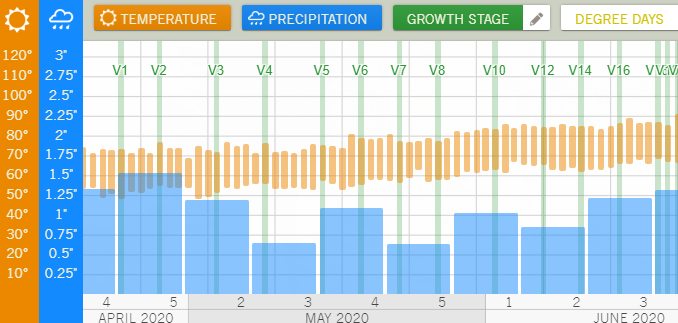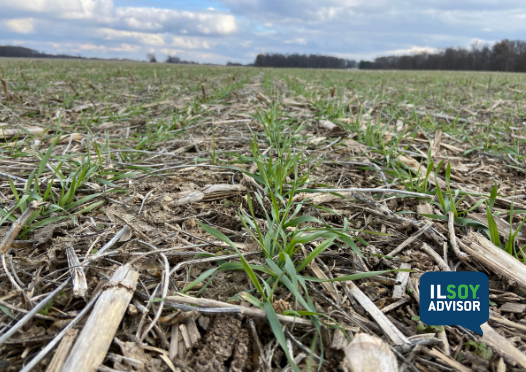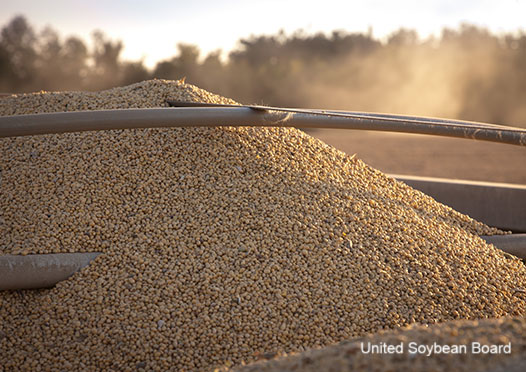ILSOYADVISOR POST
Big Data vs. Digital Data
Big data has taken the agriculture industry by storm. It has been well received by some, and resented by others, for a multitude of reasons. Companies and universities have told us there is value in big data, that we should be using it to make management decisions and product recommendations. It is hard to argue this point, but what is the value of data if it is too confusing to understand and manage?
That’s where digital agriculture comes in. Our industry has made strong advancements to make the data collected from planters, combines, soil tests, weather stations, etc. practical, which allows us to visualize this information to draw insights. The value of digital data comes from the ability to see this data, better understand it, and to make more informed, confident decisions.
I was taught at a young age that if one wants to achieve their goals then progress must be measured along the way. I have also long been impressed with grower’s attention to detail when it comes to their crops and operations. Digital data is another tool to model those details on farms, fields and even down to certain productivity zones within a field. This data provides growers with more complete information to feel more confident in their decisions. For example, when analyzing a variety or hybrid, instead of just looking at a 500 ft. strip, we can now collect data across several soil types to determine best placement. Another example is using data to improve problem areas of a field. Digital data provides insights to know if tile needs to be installed, nitrogen applications need to be split, or maybe there is an imbalance in pH. These details can then be used to make very crucial management decisions, and track progress toward goals to improve a farm’s bottom line.
2019 was a year I’m sure many are happy to have in the rearview mirror. However, in challenging years like 2019, value is revealed. An example of the value of digital data I saw this year came in the form of predictive weather data. My company’s program has an 11-month weather forecast that allows us to visualize growth stages for corn or soybeans throughout the season and see when they might reach maturity. (Figure 1)

predictiveweather data to help growers make better
decisions about their crop.
Weather information can provide a great advantage in soybeans to know when to scout and be proactive with applications, rather than reactive. Predicting growth stages and looking at the seasons’ weather can also benefit growers by helping them to understand the trends for the season, then make better grain marketing decisions.
Weather data was particularly helpful in 2019 with delayed planting challenges. The timeline answered questions from our customers on whether they should plant or switch out their longer-day maturity products. Using the weather data, we were able to make a confident and informed recommendation to our customer on what they should do with their seed. Looking ahead to 2020, we know planting early is always the goal and is good in most years. The weather information we provide can give an indication of the risk to the seed once it is planted. This helps to select planting population, validate seed treatments, and provide insight on when herbicides should be applied.
Maybe the largest indicator of the value of digital data is to look at the companies in the agriculture industry. Every large company has made an investment in digital data. That shows growers there is great value in their data. As a grower, I hope you view digital data as another tool to make decisions and manage risk. When it comes to the companies, I feel it is their responsibility to provide the best information to increase the value of products and ensure customer success. I am excited about the present and future of agriculture. With digital data and the hard work that has always been associated with the industry, I believe we will continue to conquer our challenges and be successful.





Comments
Add new comment